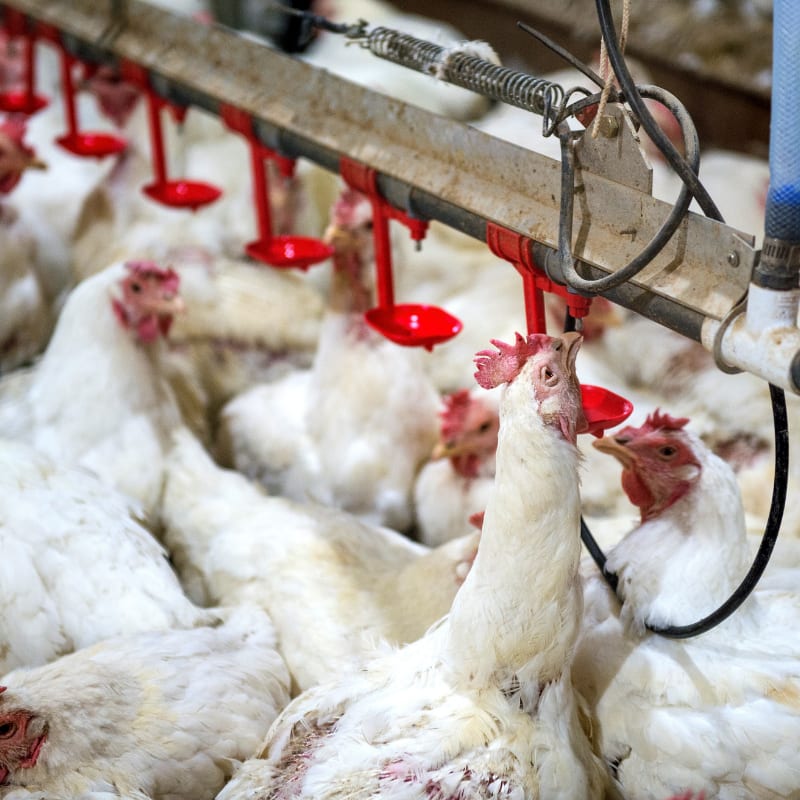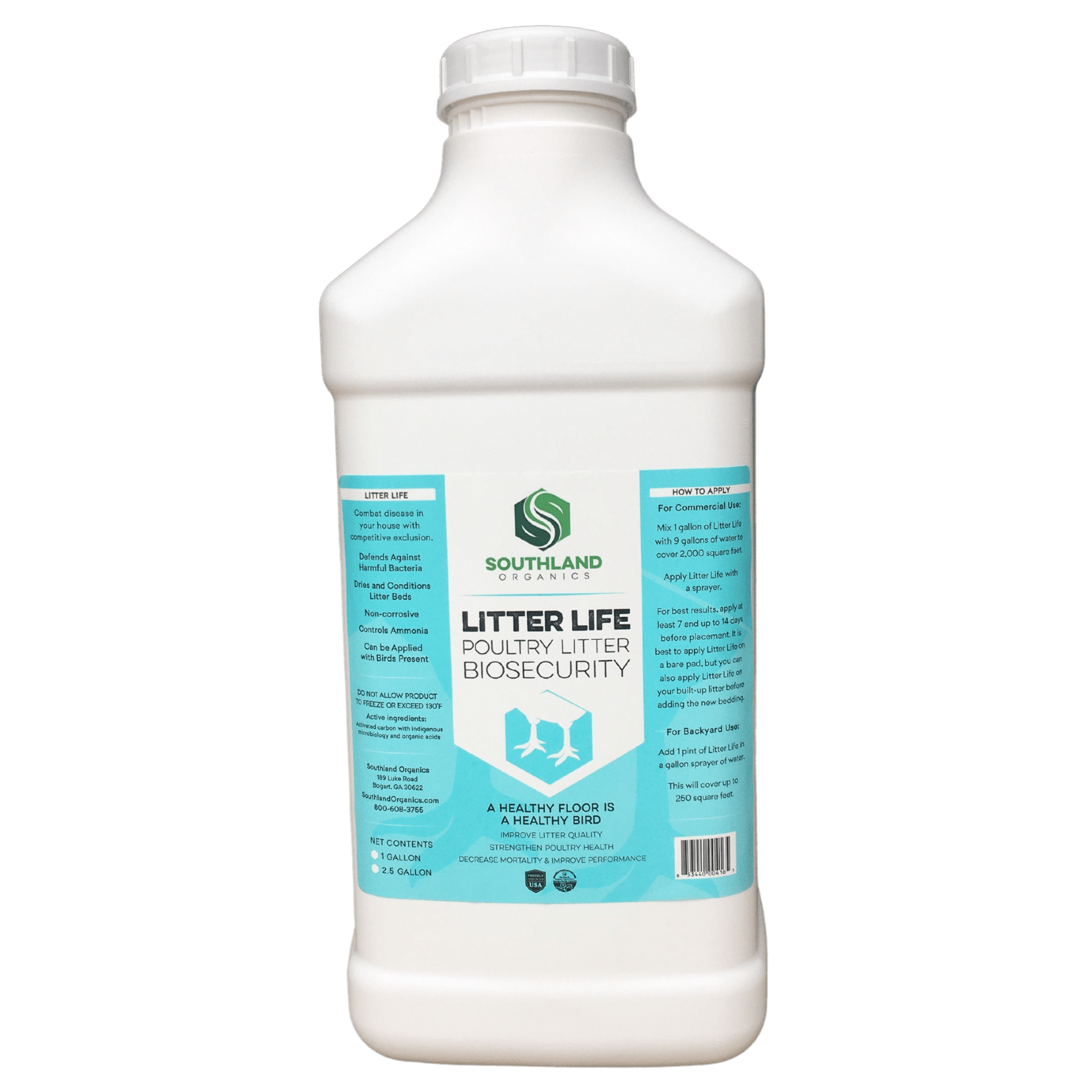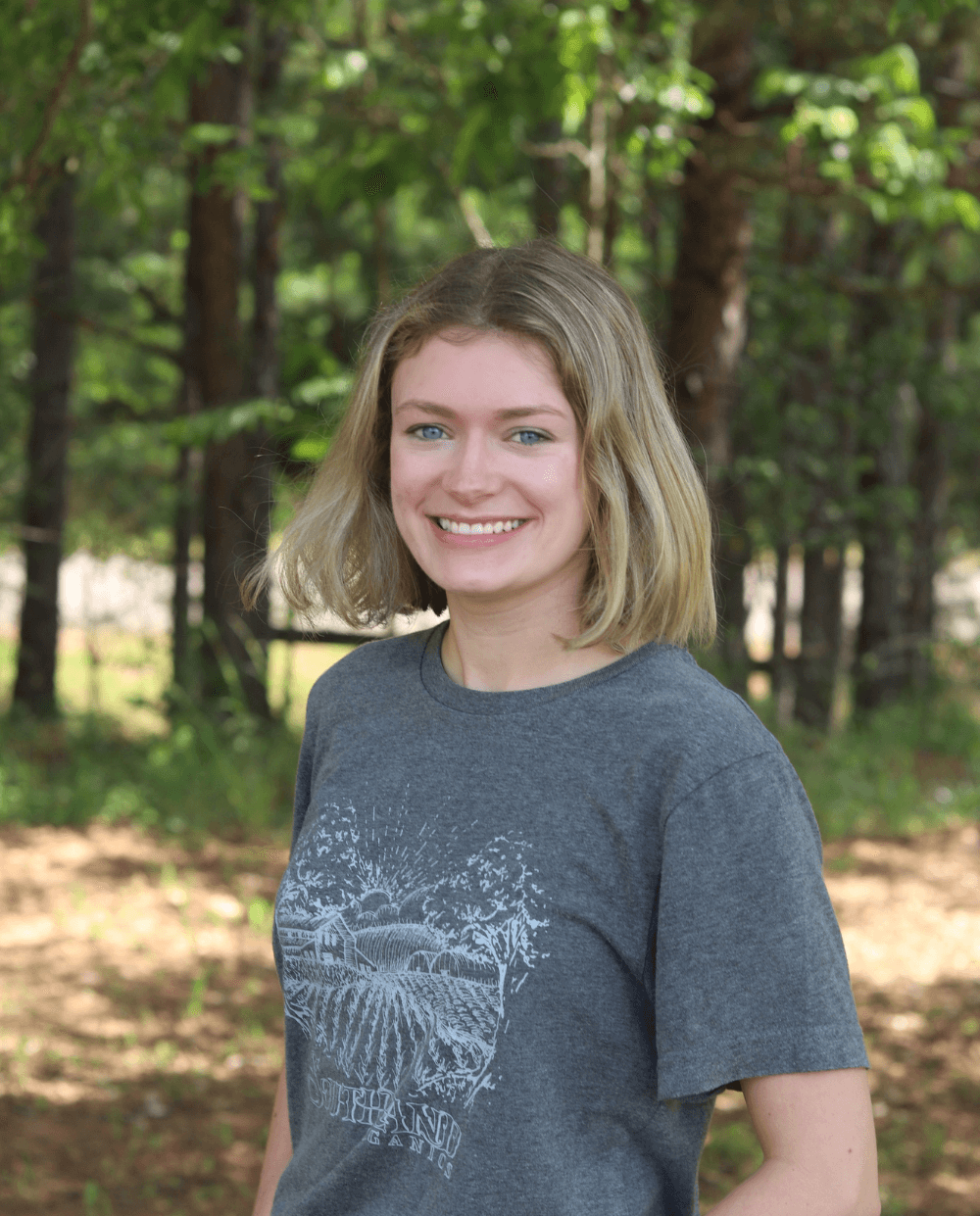What comes to mind when I mention the word "dermatitis"? For most poultry farmers, this term means a threat to both their birds and their entire farm. Gangrenous dermatitis in poultry is a secondary bacterial infection usually caused by an infectious bursal disease. Other names for gangrenous dermatitis include necrotic dermatitis, avian malignant edema, gangrenous cellulitis and gas edema disease. Chicken anemia virus is another contributing factor to immunosuppression, making birds more susceptible to gangrenous dermatitis.
Dead birds. Day after day.
It happens like this: You begin walking to your poultry house in the morning, and as you make the turn at the end of the house, you see five dead birds in the corner. The next day, there are 20 birds. And the next day, there are 70 birds. Depending on the severity of the dermatitis outbreak, you could lose up to 500 birds in a house in one day.
An even more frustrating issue with gangrenous dermatitis (GD) is that it’s actually a secondary issue and the result of underlying causes in the house and bird. With characteristic gross lesions, rapid autolysis, edema, hemorrhages and discoloration in skin and muscle in affected birds, this clinical disease can turn your poultry house environment upside down. Severe cellulitis is also a characteristic of GD, leading to increased mortality.

Bacteria and Infectious Bursal Disease
Infectious bursal disease and other immunosuppressive diseases, like inclusion body hepatitis, are contributing factors to signs of GD. The initial disease can come from a variety of environmental conditions that predispose flocks to more serious conditions.
Clostridium perfringens type A is the main culprit in causing this disease, along with other disease organisms. Clostridium septicum is another bacterium involved in causing GD. Surprisingly, these culprits are everywhere—the gut of the bird, the litter, dust in the air and feces. When the skin of the bird is damaged, it is like opening the door for these bandits to get into places that can do damage.
An Important Sign
I’m sure many of you have picked up dead birds and noticed the affected skin with edema, hemorrhages and vesicle-like lesions. This comes from gas that is created by the bacteria between the muscle and the skin. If you can detect this happening in your flock before the mortality begins increasing, then you have a good chance of minimizing the damage from GD.
Clinical signs of GD include skin discoloration, subcutaneous edema and high fever.
Skin Lesions
Skin lesions in poultry often indicate the presence of dermatitis. Various factors, including bacterial infections, poor litter quality, excessive moisture and high ammonia levels can lead to lesions in poultry.
These lesions are painful for the birds and serve as entry points for further infections, potentially leading to more severe health issues. Addressing dermatitis promptly through proper sanitation, environmental management and the use of effective treatments is essential to maintain the health and well-being of the flock.
Can you defeat dermatitis?

No matter what you do to deal with the bad bacteria, it's impossible to get rid of all of it. The goal is to manage the load levels. That's why it's crucial to help your birds build their immune system.
Giving your birds probiotics will help them fight off harmful bacteria, like Clostridium and Staphylococcus aureus, in the gut. Probiotics also help with nutrient uptake. When birds pass feed, that's not just affecting their feed conversion, it's depriving them of the nutrients in the feed.
If your integrator allows you to run vitamins, apple cider vinegar, electrolytes and other treatments, try running those as well for added immune support. Along with keeping them hydrated, by inhibiting bad bacteria from overpopulating inside the gut, your birds have a better chance to fight against dermatitis.
Address Wet Litter and Litter Moisture
Foot pad dermatitis is another form of dermatitis that can be deadly to a flock. When chicken feet have any cuts or openings in them, they can become very vulnerable to bacteria living in bedding material.
Many farmers need to do a complete clean out of litter material in order to increase their litter quality and get rid of harmful microbial growth. However, this may not be enough to address serious outbreaks.
Litter Treatments

Using a litter treatment can address the bacteria involved in dermatitis and other diseases on a microbial level.
Litter treatments like Litter Life can prevent repeat outbreaks by using beneficial bacteria to combat the harmful bacteria that causes these diseases. Check out our Grower Spotlight to learn about how Litter Life prevented a Georgia poultry farmer from losing his farm.
Contact Us
If you have any questions, feel free to call 800-608-3755 or email allen@southlandorganics.com.






